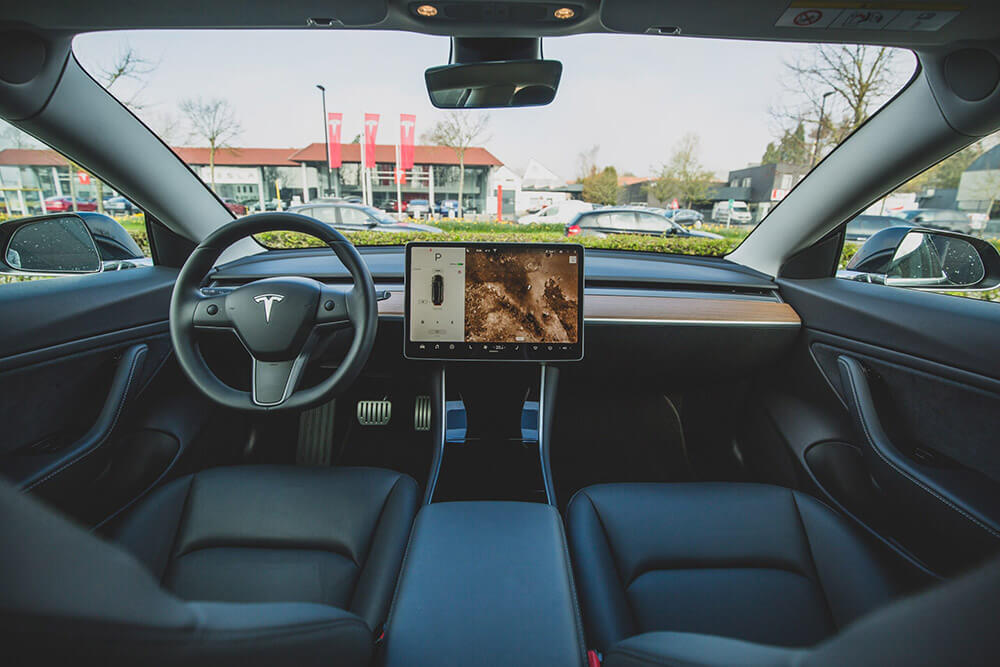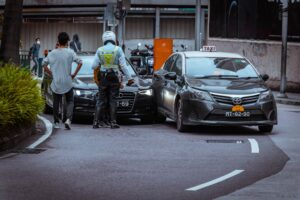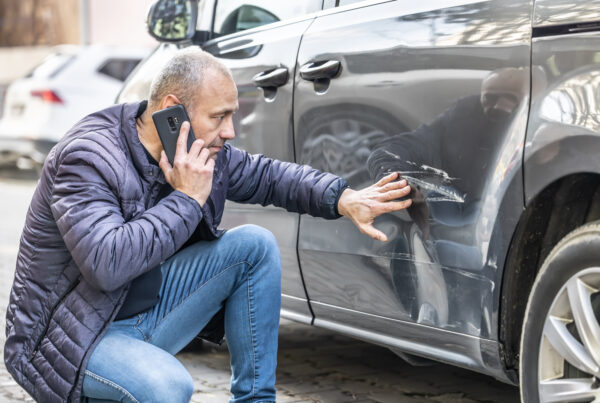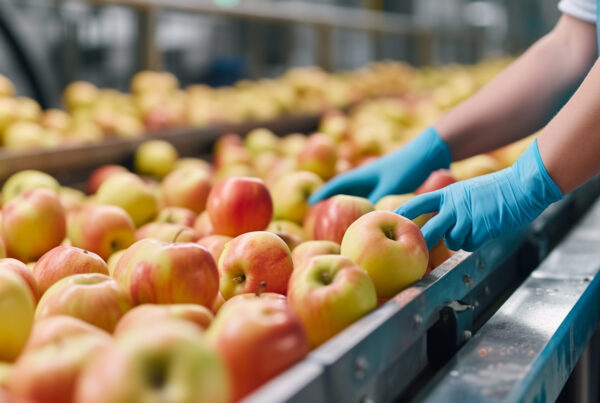
Getting in an accident with a self-driving car
 We can all agree that technology has advanced to do incredible things, including self-driving cars. With big influencers like Tesla and Google, we’re seeing more and more self-driving vehicles on the road today. But what happens if you get into a self-driving car accident?
We can all agree that technology has advanced to do incredible things, including self-driving cars. With big influencers like Tesla and Google, we’re seeing more and more self-driving vehicles on the road today. But what happens if you get into a self-driving car accident?
The tricky thing is determining who is liable for the accident. When the car is self-driving, it’s possible that the car’s manufacturer, the software developer, the town or government entity who created the road with or without the proper markings, and/or the person who actually turned the autonomous mode on would be responsible for the accident. After all, humans aren’t “operating” the vehicle; they are, at best, supervising the vehicle. If the driver doesn’t have enough information during or proper training prior to enabling the autonomous mode, are they truly at fault? There is some gray area. There’s always a catch, right?
Self-driving car accident rates
Can you remember when self-driving cars were just a concept? While most drivers on the road are still manually operating their vehicles, times are changing. According to stats released by U.S. safety regulators, there have been 400 self-driving car accidents in the past 11 months. Two hundred seventy-three of those accidents involved Teslas.
But how do we compare these numbers to accident rates with manually-operated cars? The National Law Review reported that for every million miles driven; there are 9.1 driverless car crashes. On the other hand, manually-driven vehicles only have 4.1 car crashes for every million miles driven. So to date, data is showing that cars operated by humans are performing better.
Insurance policies for self-driving cars
 There is a type of car insurance intended explicitly for self-driving vehicles, known as automated car insurance. An interesting fact about this auto coverage is that with all the advanced safety features in self-driving cars, the insurance premiums may be lower than the manually-operated car fees.
There is a type of car insurance intended explicitly for self-driving vehicles, known as automated car insurance. An interesting fact about this auto coverage is that with all the advanced safety features in self-driving cars, the insurance premiums may be lower than the manually-operated car fees.
Did you know that self-driving cars also require different insurance policies for the companies that design them? An autonomous vehicle company, like Tesla or Google, has to carry three forms of insurance: auto liability insurance, physical damage coverage, and technological errors & omissions coverage. With the shift in liability and lower premiums, it will be interesting to see how self-driving cars impact the future.
How the law is changing with technology
 In 2018 the State of Washington passed a new law charging the state’s executive and legislative branches to annually create recommendations for changes to laws and roadways to prepare for the use of autonomous vehicle technology. This report comes out every year on the 15th of November.
In 2018 the State of Washington passed a new law charging the state’s executive and legislative branches to annually create recommendations for changes to laws and roadways to prepare for the use of autonomous vehicle technology. This report comes out every year on the 15th of November.
Dealing with some fender-bender drama?
Carlisle + Byers is a personal injury and workers’ compensation law firm in Central and Eastern Washington dedicated to advocating for those suffering from negligence or harm. Don’t hesitate to reach out and schedule a free consultation if you’re trying to navigate a personal injury case after a car accident or have other inquiries.



